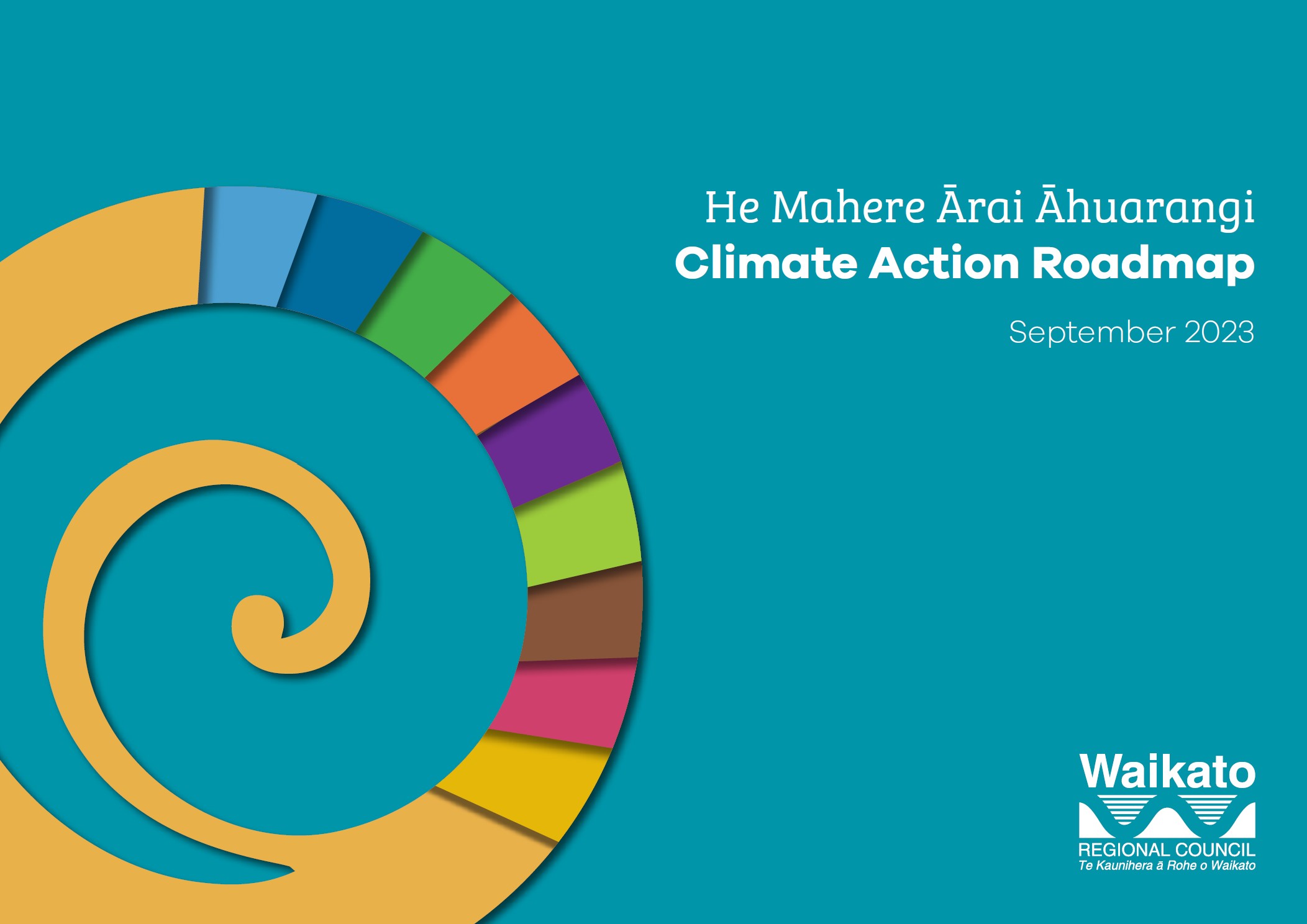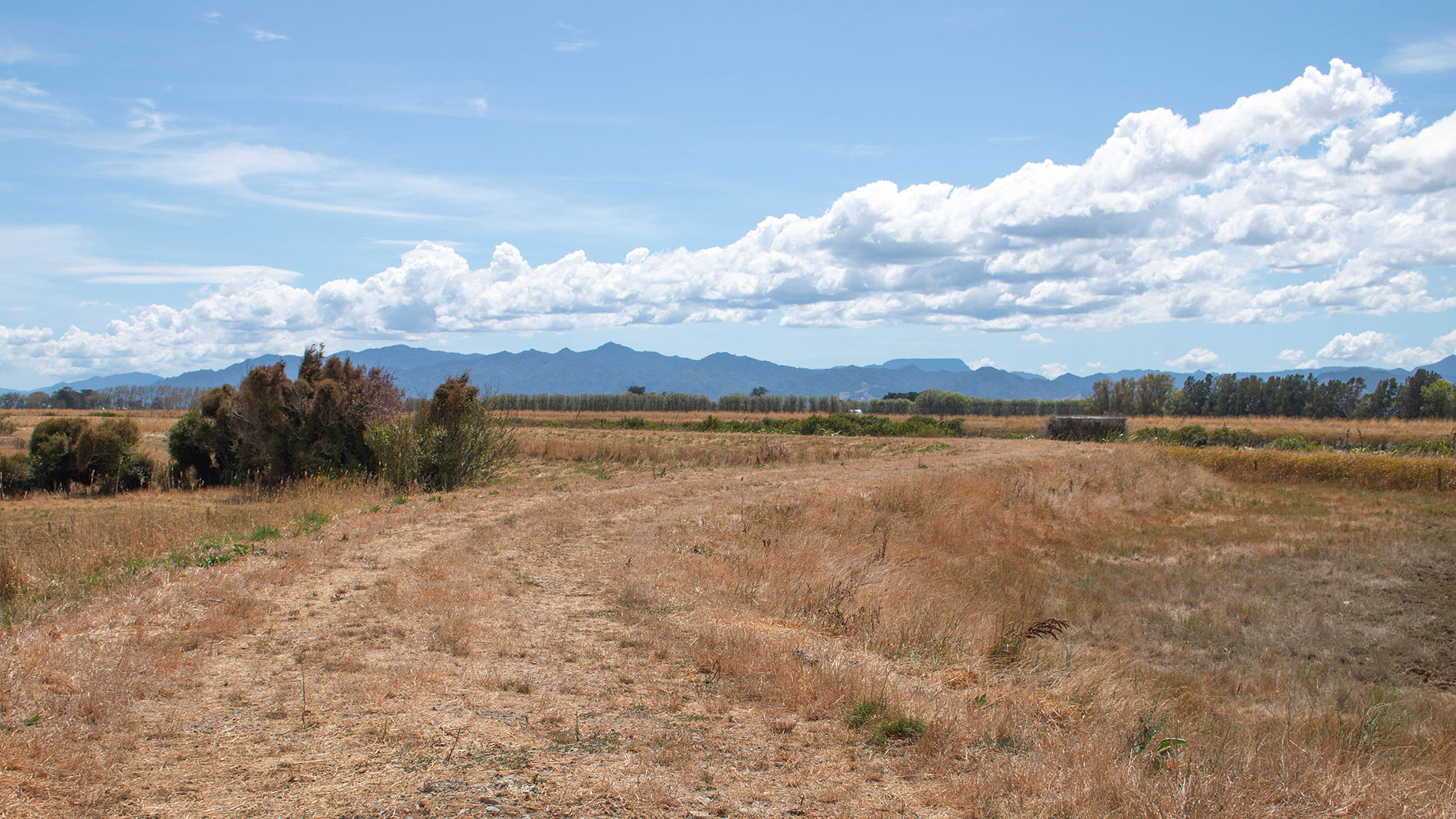Why we're making a stand on climate change
The Waikato region is already experiencing the effects of our changing climate. The changes present risks to our economy, our people, our property and our environment.
Drought and extreme storm events are increasingly affecting the primary sector, upon which the Waikato economy depends. Dairying and agricultural biotechnology are key drivers of our regional economy, with aquaculture, forestry and horticulture also important. The changes that affect primary production will impact on the city and towns that have grown around these industries. There is a clear interdependency between the primary sector and those working in manufacturing, retail, transport, research, and professional and trade services.
Many communities are already feeling the effects of water restrictions on their business and domestic use, and many will face increased fire risk. Low water flows during times of drought impact the ability to generate power through our hydro schemes and the health of our river ecosystems.
More frequent and increasingly extreme storms, increased rainfall events and rising tides will test our coastal communities, infrastructure, roads, rail and communications networks. Our native animals and plants will become increasingly vulnerable, particularly if rates of change are faster than they can adapt.
Collectively, we need to adapt to these changes so we can continue to thrive economically and socially. But more importantly, we need to tackle the root cause of the problem – we need to reduce our greenhouse gas emissions.
We’re all in this together – he waka eke noa.
Regional climate change hazards and risks
The Waikato region is already experiencing the impacts of climate change, which pose significant risks to the economy, our communities, infrastructure and environment. To identify the main climate change risks for the Waikato region, Waikato Regional Council led and funded a high-level risk screening project.
The findings from that project, as well as the most recent climate projections and hazards for the region, have been compiled into a technical report and summary report. High level overviews and maps of hazards and risks for the one city and 10 districts making up the Waikato region have also been developed.

Our Climate Action Roadmap
Waikato Regional Council has developed the Climate Action Roadmap to guide how it will work with others to support the transition to a climate-resilient, low emissions society that is less vulnerable to disruption, more affordable and better for health and wellbeing.
The Climate Action Roadmap identifies nine pathways, each with a set of council commitments to reduce emissions and adapt to the changes we’re already experiencing. The nine pathways are:
- water
- coastal and marine
- biodiversity and biosecurity
- regional resilience
- energy and industry
- afforestation and planting
- agriculture and soils
- urban form and transport
- community funding and investment
First published in 2020, the Climate Action Roadmap was updated in September 2023 to include the latest assessment report by the Intergovernmental Panel on Climate Change, changes to New Zealand legislation and the council’s new strategic direction.
Read the Climate Action Roadmap
Climate change reports and events
The Waikato region's key climate issues
Greenhouse gases
The major cause of climate change is thought to be human-made greenhouse gases (especially from burning fossil fuels).
Greenhouse gases play an important role in trapping heat in the earth’s atmosphere. Without greenhouse gases, Earth’s average surface temperature would be too cold to support life. But when there’s too much of these gases in the atmosphere, too much heat can be trapped. This is called the 'greenhouse effect'.
The main greenhouse gases are:
- carbon dioxide (CO2)
- methane (CH4)
- nitrous oxide (N2O)
- chlorofluorocarbons (CFCs).
New Zealand is unique among developed countries because more than half (55 per cent) of our greenhouse gas emissions come from agriculture. Agriculture emissions are mostly made up of non-carbon dioxide gases, such as methane and nitrous oxide.
In the Waikato region, industry, agriculture, households and transport all produce greenhouse gases.
- Petrol and diesel motor vehicles produce CO2, N2O and hydrocarbons.
- Power stations and other industries that burn fossil fuels release CO2 and N2
- Domestic heating appliances that burn fossil fuels. Two- and four-stroke lawnmowers, backyard incinerators and barbecues all produce CO2.
- Livestock, landfills and wastewater treatment facilities produce methane.
- Agricultural land use and some industrial processes increase nitrous oxides levels.
- Heating, ventilation, air conditioning and refrigeration units produce harmful gases. They must also be disposed of in an environmentally acceptable way (see the link to the Recovery website at the bottom of this page).
- Removing vegetation adds to the problem because there is less vegetation to act as a 'carbon sink' (vegetation removes carbon dioxide from the air during photosynthesis). In contrast, planting trees and other vegetation helps remove carbon dioxide from the air.
- Draining and developing peatland areas releases about 1.3 million tonnes of carbon dioxide every year.
What can we do about climate change?
-
What Government is doing
In October 2016, the New Zealand Government ratified The Paris Agreement. The Paris Agreement is an international commitment to limit global warming to well below 2°C above pre-industrial levels, and to pursue efforts to limit the temperature increase to no more than 1.5°C.
The Paris Agreement differs from previous international treaties and conventions in that it emphasises processes rather than defined outcomes. It requires signature countries to communicate their commitment. In addition, countries must make an effort towards progress and report on this every five years. They must also develop plans to address climate adaptation, as well as mitigation, with the understanding that global emissions will need to peak as soon as possible to achieve the goal of net-zero emissions by mid-century. There are 196 countries which are party to the agreement. For global warming to remain below 2°C, emissions reductions of 60-80 per cent by 2050 must be achieved.
The Climate Change Response Act provides a framework for New Zealand to contribute to the global effort under the Paris Agreement. The Climate Change Response Act and associated regulations are the Government’s principal response to managing climate change.
Find out more on the Ministry for the Environment website.

What Government is doing
What Waikato Regional Council has been doing
What you can do
- Ministry for the Environment - Climate change
- NIWA - Our future climate
- Parliamentary Commissioner for the Environment - Changing climate and rising seas: Understanding the
- Ministry for the Environment - Coastal hazards and climate change guidance
- Energy Efficiency and Conservation Authority - for tips on energy efficiency at home and work
- Environmental Protection Authority - ozone-depleting substances
- United Nations Framework Convention on Climate Change (UNFCCC)




